SPEC
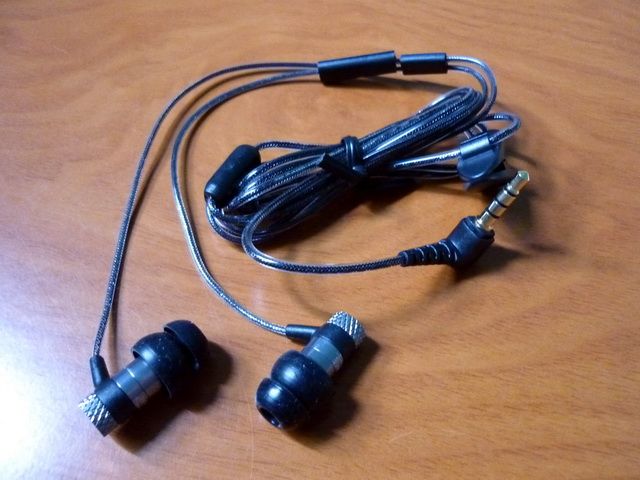
M16
Driver: 6.8 mm dynamic drivers
Frequency Response: 20Hz – 20KHz
Sensitivity: 92 dB
Impedance: 16 ohms
Maximum Power Input: 20 mW
Connector: 3 pin stereo 3.5mm gold plated 90° plug
Cable length: 130 cm cable (51 in) with attached shirt clip
Accessories: 4 sets of silicone ear tips (small/medium/large; bi-flange), clamshell zipper case
Compatible Accessories: Comply T-400 foam ear tips
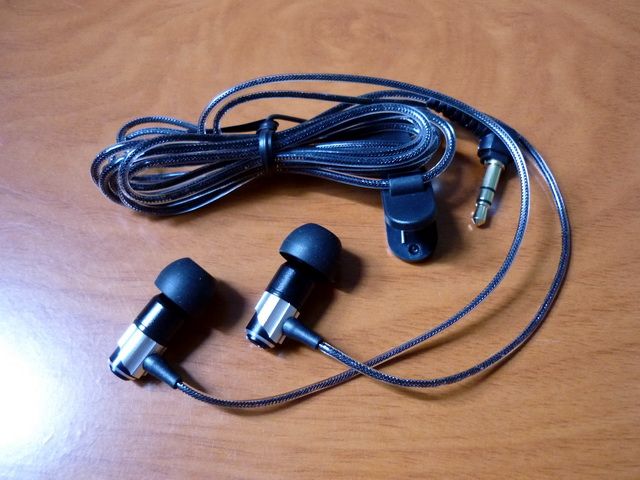
M21
Driver: 6.8 mm dynamic drivers
Frequency Response: 20Hz – 20KHz
Sensitivity: 92 dB
Impedance: 16 ohms
Maximum Power Input: 20 mW
Connector: 3 pin stereo 3.5mm gold plated 90° plug
Cable length: 130 cm cable (51 in) with attached shirt clip
Accessories: 4 sets of silicone ear tips (small/medium/large; bi-flange), clamshell zipper case
Compatible Accessories: Comply T-400 foam ear tips
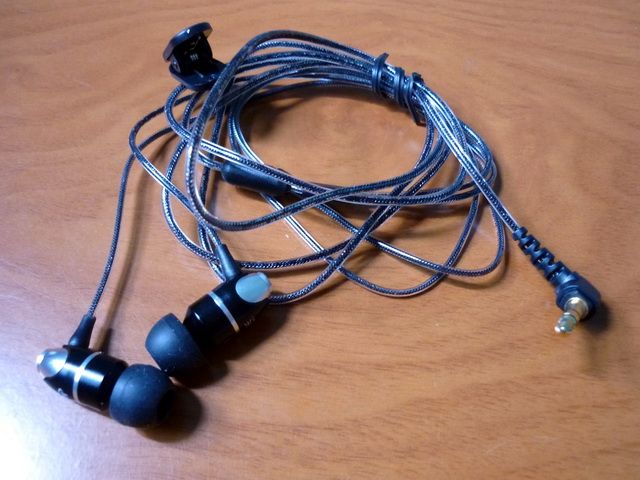
M31
Driver: 9.0 mm dynamic drivers
Frequency Response: 15Hz – 20KHz
Sensitivity: 96 dB
Impedance: 16 ohms
Maximum Power Input: 30 mW
Connector: 3 pin stereo 3.5mm gold plated 90° plug
Cable length: 130 cm cable (51 in) with attached shirt clip
Accessories: 4 sets of silicone ear tips (small/medium/large; bi-flange), clamshell zipper case
Compatible Accessories: Comply T-400 foam ear tips
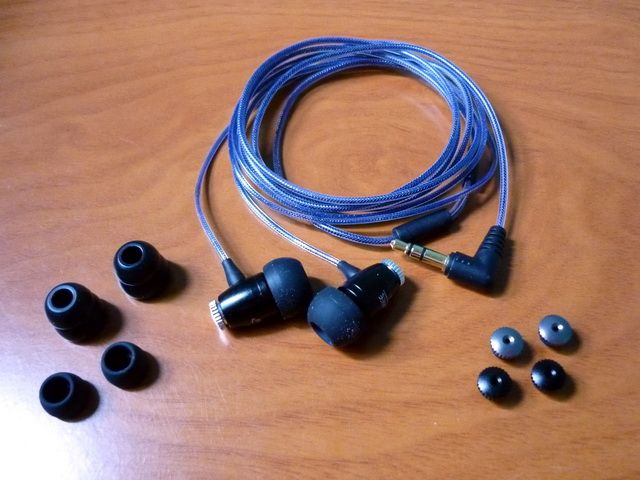
SP51
Driver: 10.0 mm dynamic drivers with swappable rear tuning ports
Frequency Response: 15Hz – 20KHz
Sensitivity: 100 dB
Impedance: 16 ohms
Maximum Power Input: 40 mW
Connector: 3 pin stereo 3.5mm gold plated 90° plug
Cable length: 130 cm cable (51 in) with attached shirt clip
Accessories: 4 sets of silicone ear tips (small/medium/large; bi-flange), clamshell zipper case
Packaging, Accessories and Build Quality
I can’t really tell you much about packaging since the M16 / M21 / M31 / SP51 samples I received are all early demo set. However, judging from pictures flowing around the internet, it seems to indicate that the new packaging is mostly similar to what we have seen on the old model.
Accessories wise, MEElec is still maintaining the same high standard on all the new models. You will get three different sized single flange and a pair of bi-flanges eartips, all in decent quality of course. Like the old M series, a hard case is included as well. Though Comply T400 isn’t listed as part of its compatible accessories, it does work as I had tried.

All models feature a 'P' version with mic support for iPhone.
The old M6 / M9 are known for their build quality for the price, the new models are not exception. In fact the new models look ever so slightly better in build and a lot more stylish than the old models. All 4 models come with the ‘designer’ cable, which is the really good looking transparent cable that separate MEElec’s product from other companies’ low end offerings. The M21 and M31 housing even have multi-color option for the trendy crowd. Microphonics is decently low for the cable even when wearing straight down. Isolation is just slightly below average for all 4 models – enough for daily commute but not enough for very noisy environment.
One of the things about SP51 is its overall similarity to the Hippo VB. On closer inspection, the two don’t look identical but do share largely the same design elements, especially on the rear port sounding tuning. What I find SP51 to be improved from the VB design is on the nozzle – SP51’s nozzle is better spaced for eartips so it doesn’t feel as intruding as VB in the ear. Of course the fact that SP51 has much better quality eartips is a big help as well. Despite the similarity, they don’t share an identical sound - we will discuss that further in the next section. If there is one thing I don’t like about SP51, that’s there is a little driver flex. Hopefully this issue will be resolved on the retail version.
Overall MEElec still maintains the same outstanding build quality on all 4 models, reassuring its top spot in offering the best built budget IEM.
Sound Quality
As usual, all 4 IEM were given 50+hours of burn-in before the review.

Let’s talk about M16 first. Though M9’s MSRP is about $30, the actual sale / street price is usually around $20 (which is the current MSRP after the new models were introduced). This makes the $25 M16 almost a direct replacement in the same price range. The overall sound signature is slightly on the mid centric side with a warmish tone. Bass and treble both have decent extension but do roll off gently at both ends and give way to the mid. Treble still shows some sense of sparkle and detail but mainly a half-step behind. Mid is slightly full, decently textured but not being overly sweet. Bass lacks a good attack and depth, but has a body just enough for the supporting role. Soundstage is a tad below average, but not enough to really complain about. Overall M16 holds up fairly well against M9. While M9 is better at soundstage and balance, M16 gives a sweeter presentation that is better for vocal. Both are doing quite well for their sub$25 price tag.
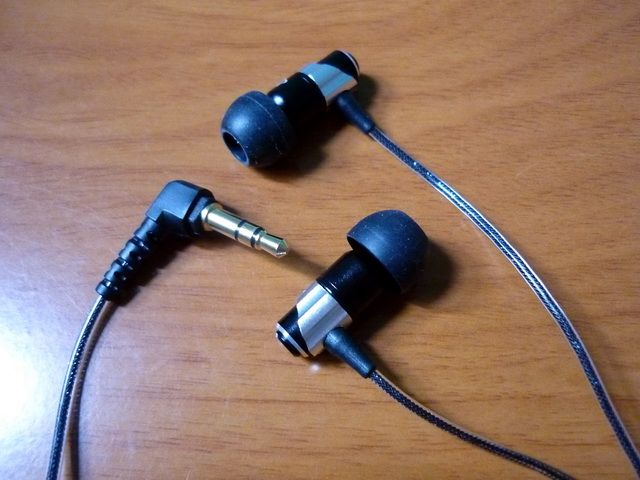
If M16 is the assumed replacement for M9, then M21 is probably the replacement for M6. Price wise, M21 is $35 while M6’s MSRP is lowered to just $30 (and again, it is usually cheaper on the street). The overall sound signature is warm and bass strong. Bass is strong, almost close to being boomy but still does lower end rumble quite well. While the quantity is large the quality is still decent, which makes it less offensive for a non-basshead. Most importantly the bass is still well behaved and doesn’t bleed into the mid. Mid is a tad warm and sweet, perhaps even a fainted sense of lush though it is also slightly further away compared to the bass and gives a sense of space and layer to the presentation. While being dominated by the mid and bass, treble holds up fairly well on its own but not enough to be a highlight on the overall presentation. Unlike the M16 however, it doesn’t feel like it is hiding anymore. Soundstage is decent and open, though not to a point of being transparent. Compared to M6, which offers a more transparent soundstage, a slight U-shaped FR that draws people with its clarity, M21 is more mid and especially bass focus that tends to envelop the listener with a strong sense of warmness. Overall the two compare well.
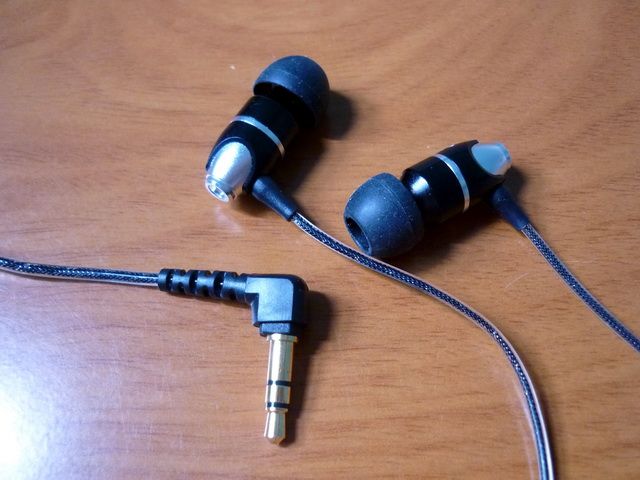
M31 is the one that seems to try to ‘have it all’. The overall sound signature is also warm and bass driven, but more forward than M21. Bass is strong and boomy, more suitable for basshead quantity wise and may become slightly offensive to the non-basshead. With the increase of quantity, the quality does suffer a little as some of the bass texture is lost in the amount of air movement. Mid is forward, full and sweet, perhaps slightly too sweet. Treble is by far the most sparkly and detail of the three new M models, but it is also a little rough in the lower treble / upper mid section and can be a bit edgy in loud music. Due to the warm and fullness, soundstage is not the strong point of M31, just a tad below average. Compared to M21 which is more polite in handling each frequency, M31 traded some of the quality for quantity which unavoidably makes itself more appealing to casual listener and basshead rather than technical listener.
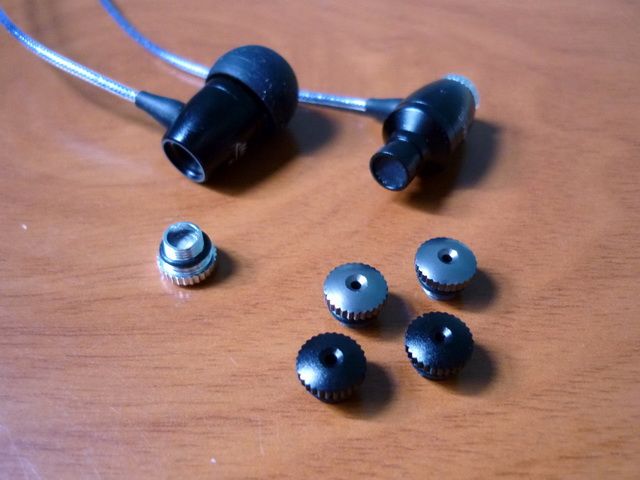
The fundamental difference between VB and SP51 is on their sound signature. While VB has a more V-shaped response, SP51 still retains largely the same lineage of warmer, sweeter sound like the three new M series IEM. It has almost become the new house sound for MEElec. Besides sound signature, the other major difference is on the sounding tuning bass port. On VB, the bass port acts more like a containment. On SP51 however, the bass port acts more like tuning. For example, VB’s bass goes like this: Big and muddy -> good and balanced -> calm and neutral, while SP51’s bass is more like this: Very good -> good -> very decent (in quantity). The change between each bass port is much less obvious or dramatic on SP51, so is any side effect brought by different bass plates. For example, silver port (‘neutral bass’) does add a layer more detail and crispiness to treble, but it is not going to make SP51 an analytical IEM. Black port (‘extreme bass’) puts a boomier bass that slightly overshadow the detail, but there is still enough left over not to become muddy.
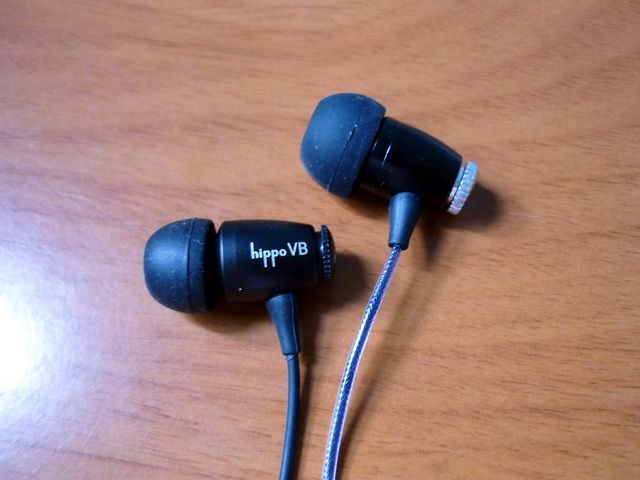
Hippo VB (left) and SP51 (right): Similar in overall design but different in closeup detail.
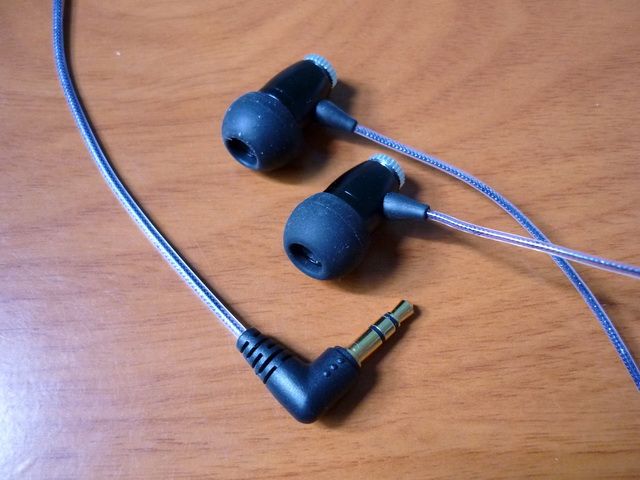
The overall sound signature of SP51 is warm and sweet. Bass, regardless of which bass tuning port, is able to show good quantity with very decent quality. The different bass tuning port might make it slightly boomier or tighter, but it is still carries enough punch and texture not to be disliked. Mid has a sense of full and warmness in it. It is sweet but not overly done, forward but not in-the-face. Treble is decent and smooth with a fainted sense of sparkle, but half step behinds the mid and bass. Even with the silver port where the treble is most emphasized, it is still not enough to be a dominating factor in the overall presentation. Soundstage is decent and immersive, but not particular wide because of the warmness. Overall, SP51 can be tuned for vocal listener to basshead alike - people who are looking for a warm and intimate sound. It is a good alternative choice for those who don’t enjoy the V-shaped response of VB.
Verdict
A trend seems to slowly emerge from listening to M16, M21, M31 and SP51 – where all four models shares a common warm’ish tone in their sound signature, which is obviously different from the old M6 / M9. This is perhaps the first sign of MEElectonics new house sound, or at least for the new M series. However, there are still more to come as I have yet to cover MEElec’s new Clarity series (which should take another week or two). As far as the four models reviewed here is concerned - not surprisingly that they have all done quite well and offered some of the best value for money in their price range. Then again, do we expect less form MEElectronics?
For numeric ranking, check out THE LIST.





